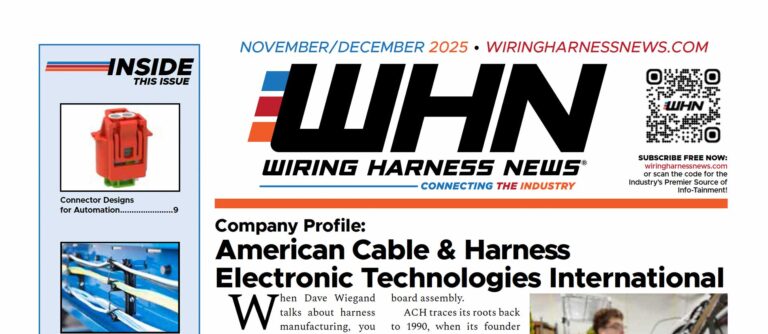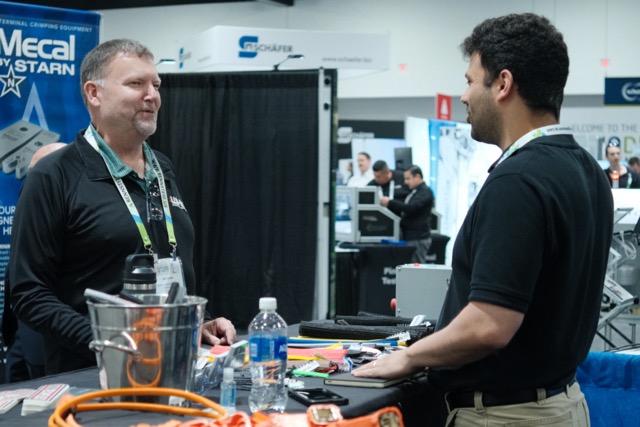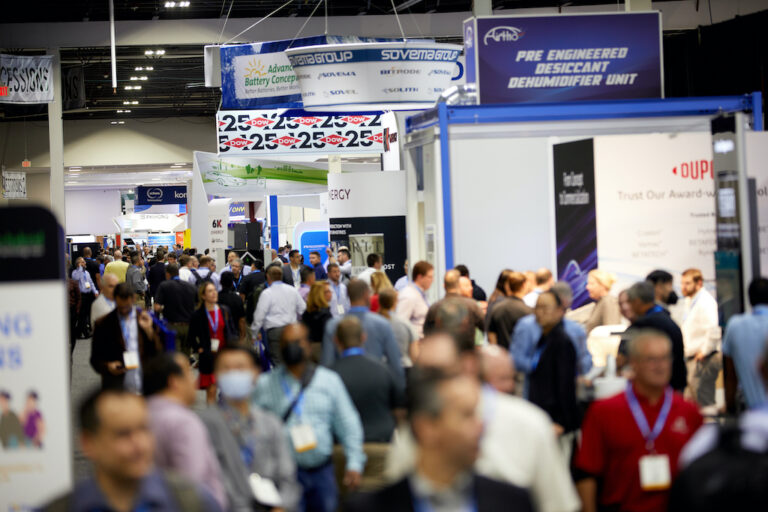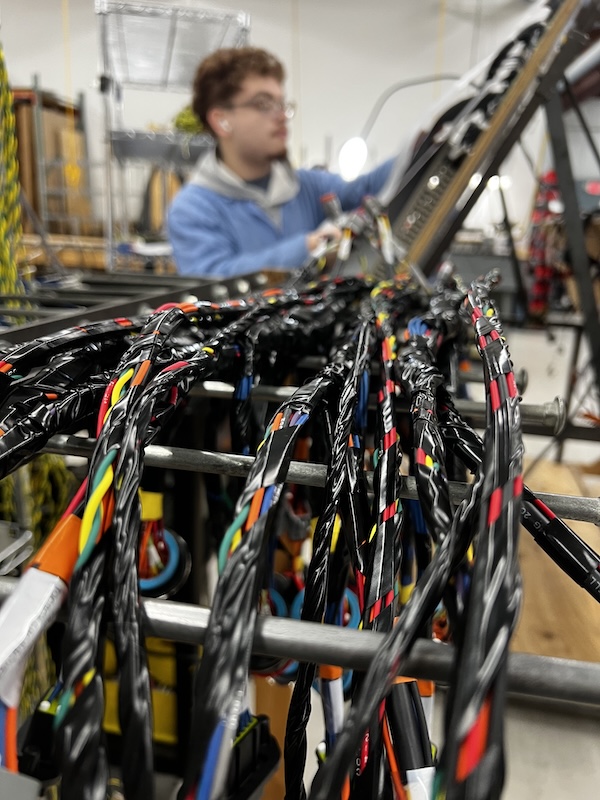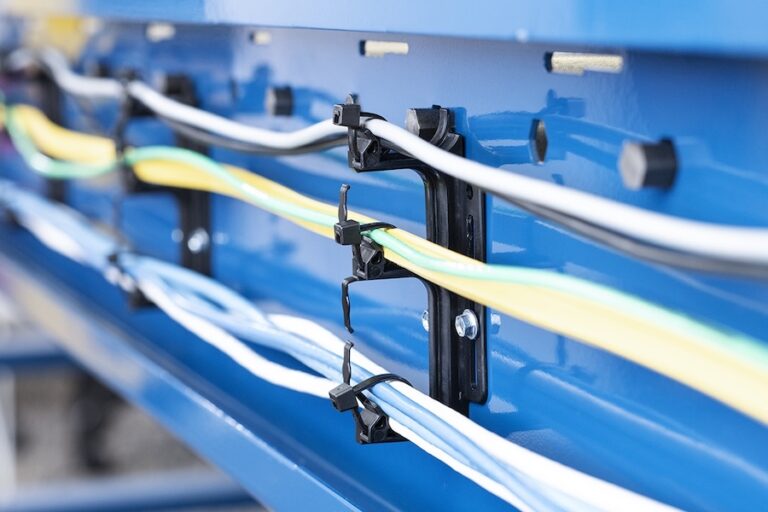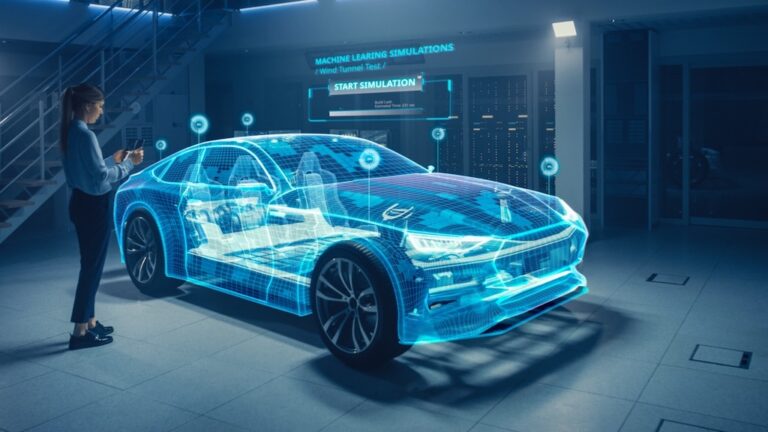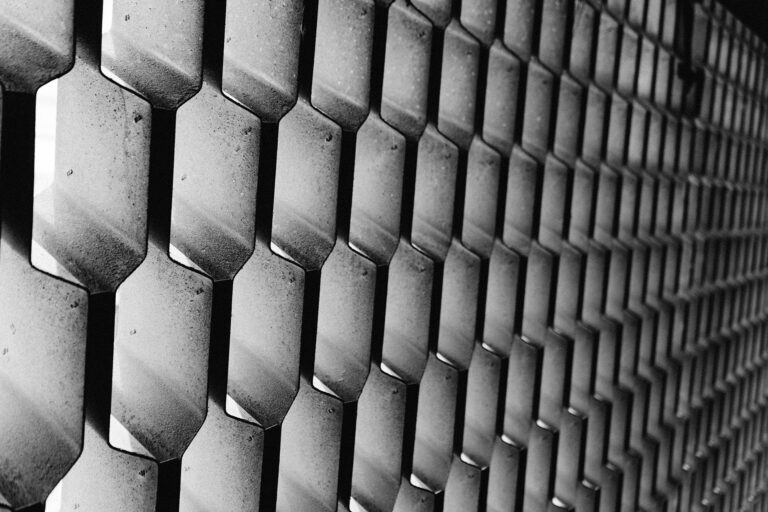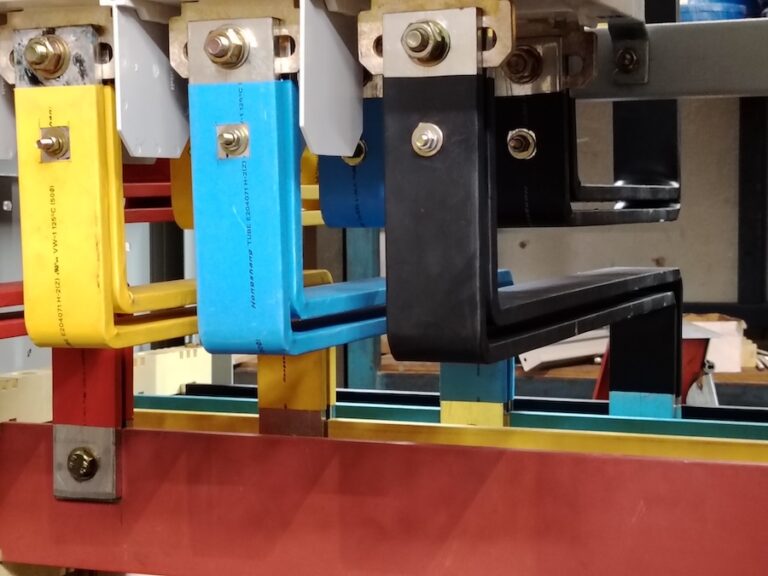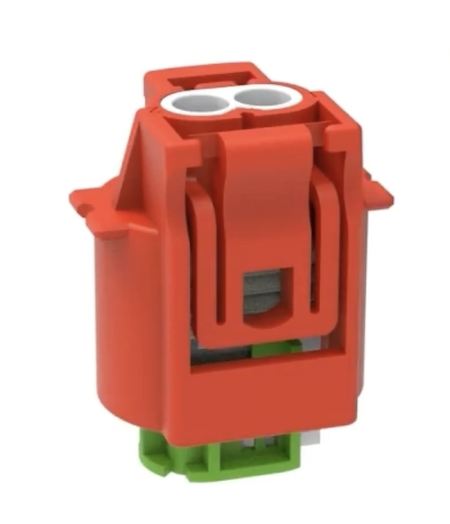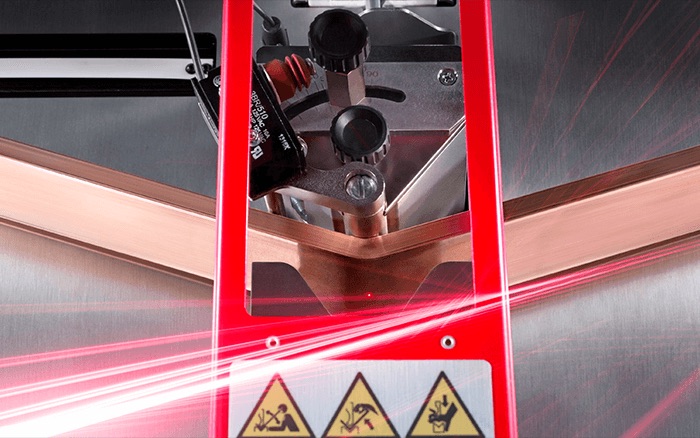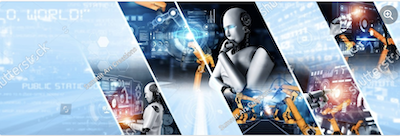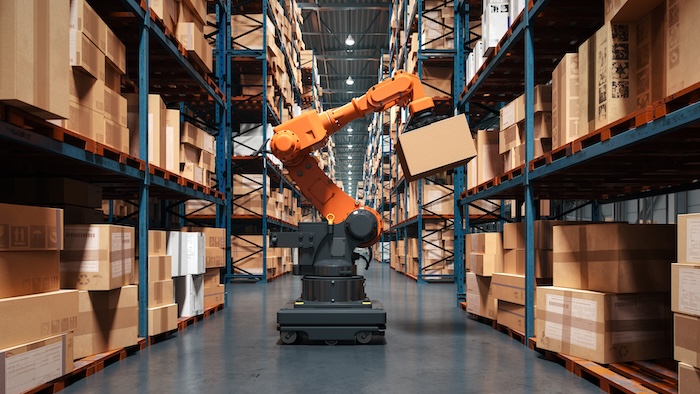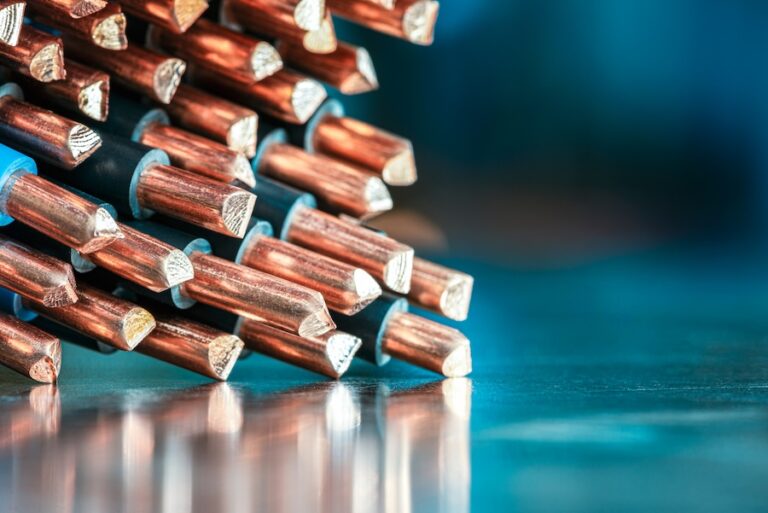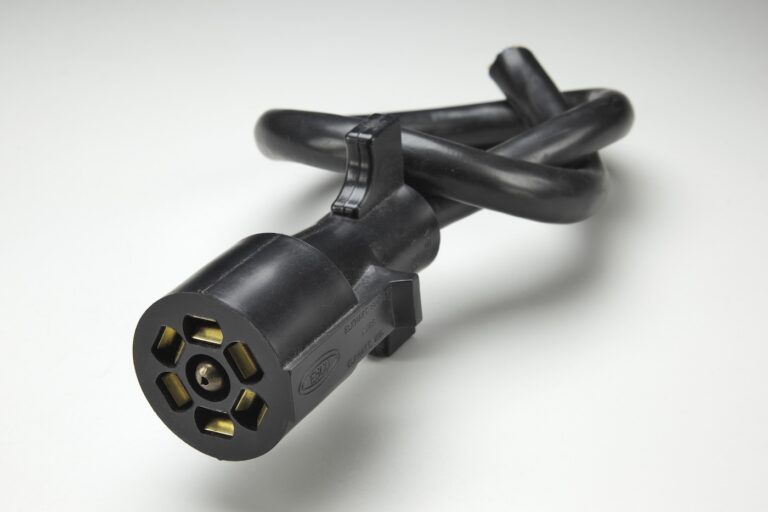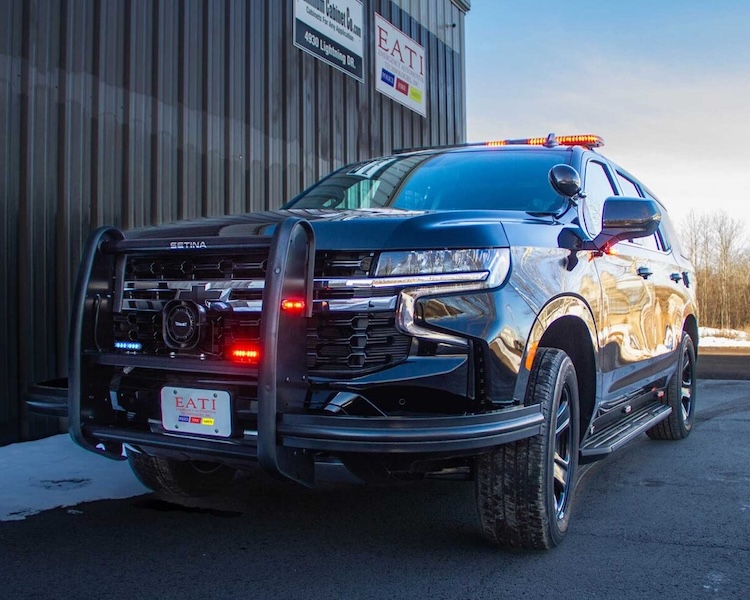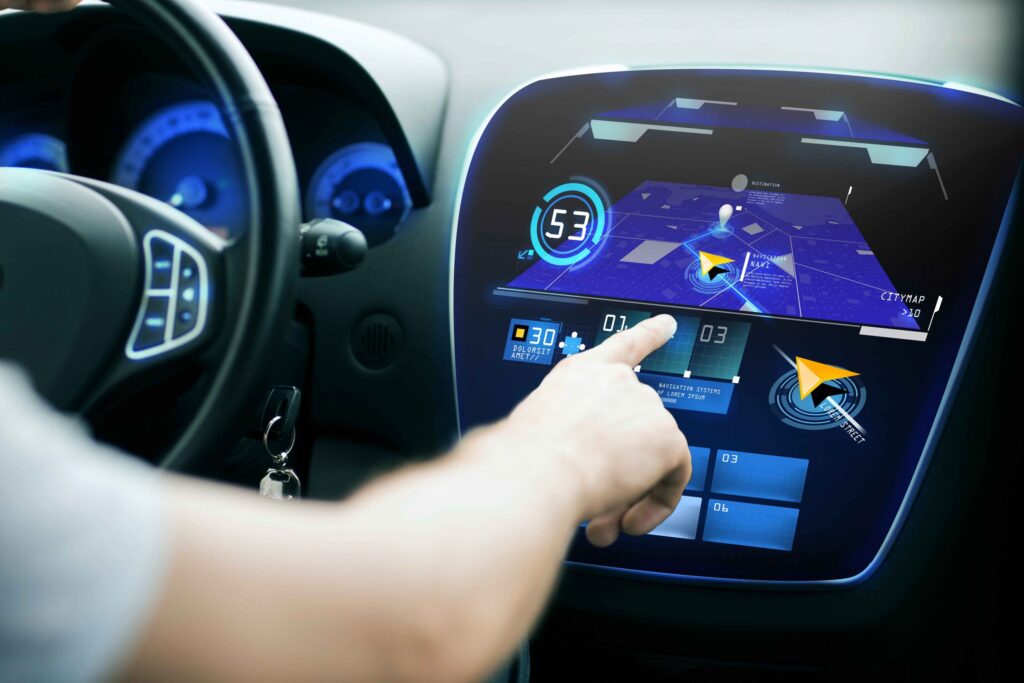New Solutions Automate Wire Harness Production Line Balancing
Since its invention in the late eighteen hundreds, the automobile has become an integral feature of modern society and culture. Early vehicles, even those with electric propulsion systems, were primarily achievements in mechanical design and engineering. However, as vehicle technology has advanced, electric and electronic (E/E) components and features have multiplied in vehicles. While early E/E features were limited to radios, cruise control, and power windows, today automotive electronics are among the most crucial components equipped on modern vehicles. A growing number of vehicle systems are enabled entirely or in part by the E/E system within the vehicle. This includes everything from comfort and quality-of-life features like heated seats, air conditioning, and in-vehicle infotainment systems (IVI), to limited automation, advanced driver assistance systems (ADAS), and essential vehicle functions (figure 1).

The rise of automotive E/E content casts additional emphasis on the wire harness that connects these various systems, providing and distributing electrical power and signals. Today’s wire harnesses are vastly more complex as a result of technological innovation and consumer demands for new features. Some modern mid-size vehicles contain up to 40 harnesses, amounting to hundreds of connectors, thousands of terminals and up to 1500 wires. If taken apart and put into a continuous line, these wires would exceed a length of 2 miles (3.2km)and weigh approximately 132lbs (60kg). In addition, there can be more than 70 specialty cables, such as coax, high-speed data, and USB cables. In older cars, this number was closer to 10.
Harness complexity will only continue to escalate as companies continue to advance vehicle technologies, particularly in the automated and assisted driving space. Advanced driver assistance systems (ADAS) and eventually automated vehicles vastly increase the number of sensors and actuators that will be equipped on a vehicle. Even as manufacturers consolidate ECUs to create more centralized vehicle architectures, the significant increase in sensors and actuators will cause harnesses to grow in size and sophistication.
These trends in the automotive industry towards electric and electronic vehicle features and components are expected to drive growth in the wire harness manufacturing industry. According to a report from Future Market Insights, the global automotive wire harness market is expected to reach a value of $91.53 billion in 2025. The report identifies rising automobile sales and increasing demand for electronic safety features, high-end electronics, and electric powertrains as driving forces behind the projected growth in the wire harness industry.
With growth comes fresh challenges and new pressures on the industry. To support the greater number of electrical and electronic systems, some of which are very sophisticated, wire harnesses are becoming intensely complex. Manufacturers must also accommodate all of the possible configurations of a vehicle, a number that frequently rockets into the tens of millions. While manufacturing these complex systems, companies have to meet very tight timelines, exacting quality requirements and minimize production costs to maintain a competitive position in the market.
In such an environment, wire harness manufacturers that can increase the efficiency of their production processes will be better equipped to seize new opportunities and respond to dynamic conditions. Harness manufacturing line balancing, a lean manufacturing concept, is a promising strategy that allows harness manufacturers to improve their manufacturing efficiency and ensure on-time delivery to customers.
Line balancing: What is it?
Line balancing is a process of balancing the workload of each operator at each workstation on a production line such that no operator or station is either over-burdened or left idle (figure 2). The balancing of these workloads is based on Takt time, which indicates the rate of production required to meet customer demand. Producing faster than the Takt time can lead to excess inventory while lagging behind it can cause late deliveries to customers. Either case can lead to elevated production costs and unhappy customers. In contrast, a manufacturer that consistently meets or comes close to its pre-determined Takt time will eliminate production bottlenecks, excess capacity, and other forms of waste to ensure on-time delivery of products at the lowest cost.

While line balancing is an important tactic for harness manufacturers, it can also be challenging and costly to implement. Line balancing, like other aspects of harness manufacturing preparation, requires extensive manual labor to complete. Time-study engineers (REFA in Germany) first need to conduct detailed timing studies of their current production processes that are then used by manufacturing engineers to calculate assembly and Takt times for each product being manufactured. Next, they must evenly distribute all the assembly tasks, considering the previously defined time for each operation. Here, the logical sequence of assembly needs to be respected to avoid task violations. For instance, assigning a task to a workstation before a prerequisite task has been performed. Finally, the manufacturing engineers will have to repeat this process for each production line to ensure maximum efficiency.
Attempting to perform line balancing manually, using spreadsheets and formulas, is difficult, error-prone and timeconsuming. In addition, any changes to a product bill-of-process (BoP), harness design, order volume, and more may require updates to the allocation of tasks across the production line. Further manual work is required to make these changes and to rebalance the production line. In addition, slow and labor-intensive manual processes make investigating multiple balancing scenarios, comparing them, and performing “what if” analyses almost impossible to achieve. This results in suboptimal production line efficiency.
Now, new solutions are available that digitalize and automate the line balancing process. By removing manual and labor-intensive processes, these solutions can help wire harness manufacturers fully leverage line balancing strategies to maximize production efficiency and minimize cost.
A New Approach to Line Balancing
These new line balancing solutions, such as Capital Harness Line Balancer from Siemens Digital Industries Software, part of the Capital software suite, provide guided and intuitive balancing of tasks across a harness production line (figure 3). Manufacturing engineers can quickly and accurately distribute manufacturing tasks across workstations on a production line, allowing time for multiple “what if” scenarios to be compared and analyzed. The manufacturing engineers will be able to identify optimal balancing scenarios, ensuring that production lines operate at maximum efficiency.
Figure 3: New line balancing software solutions feature intuitive interfaces and guidance for manufacturing engineers to accelerate the balancing of workloads across production lines.
These line balancing solutions automate previously manual tasks, vastly reducing the time and effort required to achieve optimal production scenarios. Furthermore, these solutions can integrate with the rest of the vehicle E/E systems and harness engineering flow to create a digital thread from vehicle definition through manufacturing planning and execution. These integrations ensure that manufacturing engineers have complete and up-to-date information as they allocate resources and plan production processes.
For example, Capital Line Balancer can pull required assembly tasks directly from the product bills of process (BoP), allowing the manufacturing engineer to begin allocating tasks to workstations right away. The engineer can develop one or multiple line balancing scenarios for the same product, assigning tasks with intuitive drag-and-drop functionality. The solution also automatically consolidates tasks from multiple harness variants, giving the engineer a complete picture of tasks across harness designs and variants.
As the engineer works, Line Balancer can provide constant guidance on the earliest workstation in which a task can be performed based on task and material dependencies. The solution can also identify errors and conflicts based on these defined dependencies, such as out-of-sequence operations within a given workstation, or across multiple workstations. All the while, dynamic charts display the time variance for tasks at each workstation for all, one, or a selection of the harness variants. Hyperlinks and cross-highlighting make navigation between these various views easy.
Once the manufacturing engineer is satisfied with a balancing scenario, they can push it back to the product BoPs, automatically updating the tasks in the BoP with the correct workstation assignments. Then, the engineer can use these BoPs to generate workstation specific work instructions for the manufacturing floor, ensuring a continuous digital thread from the harness design data to the factory floor.
As part of the Xcelerator portfolio, the data from Capital Line Balancer can also be leveraged in downstream manufacturing engineering. For instance, the line balancing data can be fed into plant simulation software to validate production lines within a virtual model of the production plant. Accurate line balancing data allows manufacturing engineers to plan material delivery and logistics within the facility, helping them to identify potential issues early in the engineering process.
Digitalized Solutions Prepare Suppliers for Tomorrow
The growing importance of automotive electronics and software is further emphasizing the criticality of the E/E architecture and wire harness. In a dynamic market, harness suppliers that can maximize production efficiency while maintaining the agility to respond to customer needs will put themselves in a strong competitive position.
New line balancing software solutions can help harness manufacturers achieve this flexibility and efficiency by helping engineers to optimize harness production lines. By automating and digitalizing the line balancing process, harness manufacturers will save valuable time and money while improving their ability to meet customer demands on time. Furthermore, integrations with the rest of the harness and E/E systems engineering and manufacturing flow ensures manufacturing engineers always have up-to-date information at their disposal, and streamlines the communication of needed changes back upstream. These capabilities will help harness manufacturers refine their current processes, while robust integrations will help them remain flexible to the demands of tomorrow.


